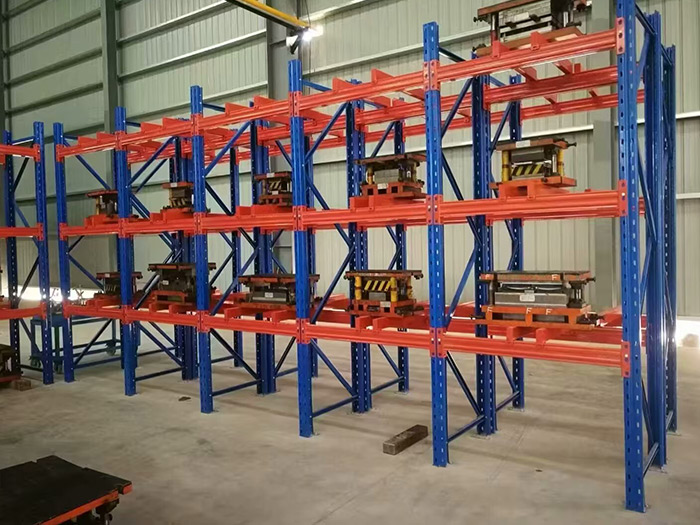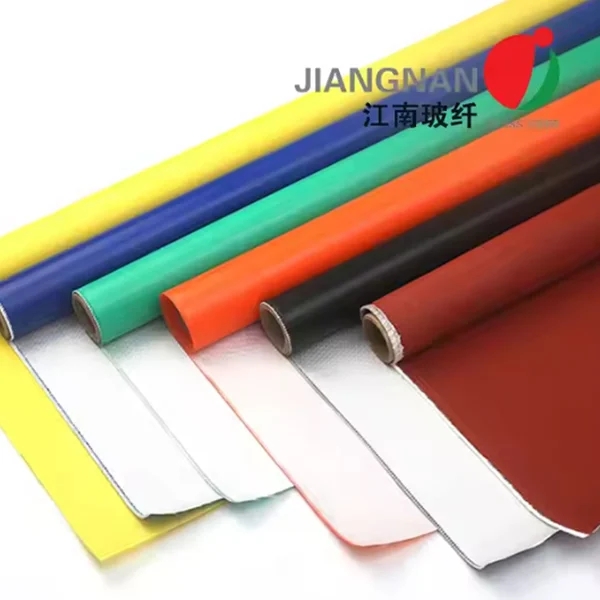Unveiling the Most Common Insulation Types in Exterior Cladding Systems: A Comprehensive Guide
3 min readWhen it comes to building construction, the choice of insulation in exterior cladding systems is crucial for energy efficiency, comfort, and durability. As the demand for sustainable and high-performance buildings continues to rise, understanding the most common types of insulation used in these systems becomes essential for architects, builders, and homeowners alike. In this article, we will delve into the various insulation materials, their properties, and their applications in exterior cladding systems, providing a detailed overview that aligns with current industry standards and practices.
Understanding Exterior Cladding Systems
Exterior cladding serves as the first line of defense against environmental elements, providing not only aesthetic appeal but also thermal performance. The insulation used within these systems plays a pivotal role in regulating indoor temperatures, reducing energy consumption, and enhancing overall building performance. The most common types of insulation materials used in exterior cladding systems include:
- Expanded Polystyrene (EPS)
- Extruded Polystyrene (XPS)
- Polyurethane Foam
- Mineral Wool
- Fiberglass Insulation
- Expanded Polystyrene (EPS)
EPS is a lightweight, rigid foam insulation material that is widely used in exterior cladding systems. Its closed-cell structure provides excellent thermal resistance (R-value), making it an effective insulator. EPS is also moisture-resistant, which helps prevent mold growth and structural damage. Its versatility allows it to be used in various applications, including EIFS (Exterior Insulation and Finish Systems) and as a substrate for various cladding materials.
Advantages:
- Cost-effective
- Lightweight and easy to handle
- Good thermal performance
Disadvantages:
- Lower compressive strength compared to XPS
- Susceptible to damage from UV exposure
- Extruded Polystyrene (XPS)
XPS is another popular insulation material known for its superior moisture resistance and high compressive strength. It is often used in applications where structural integrity is critical, such as below-grade insulation and in areas exposed to harsh weather conditions. XPS insulation boards are typically blue or pink in color and are available in various thicknesses.
Advantages:
- Excellent moisture resistance
- High R-value per inch
- Durable and long-lasting
Disadvantages:
- Higher cost compared to EPS
- Environmental concerns regarding production and disposal
- Polyurethane Foam
Polyurethane foam insulation is known for its exceptional thermal performance and air sealing capabilities. It can be applied as a spray foam or in rigid board form. The spray foam variant expands upon application, filling gaps and cracks, which enhances its insulating properties. This type of insulation is particularly effective in achieving high R-values in a thinner profile.
Advantages:
- Superior air sealing properties
- High R-value
- Versatile application methods
Disadvantages:
- Higher initial cost
- Requires professional installation for spray foam
- Mineral Wool
Mineral wool, also known as rock wool or stone wool, is made from natural or recycled materials. It is non-combustible, making it an excellent choice for fire-resistant applications. Mineral wool insulation provides good thermal performance and soundproofing capabilities, making it suitable for multi-family and commercial buildings.
Advantages:
- Fire-resistant
- Excellent sound absorption
- Moisture-resistant
Disadvantages:
- Heavier than other insulation types
- Can be more expensive
- Fiberglass Insulation
Fiberglass insulation is one of the most commonly used insulation materials in the construction industry. It is made from fine glass fibers and is available in batts, rolls, or loose-fill forms. While it is not as effective as some other materials in terms of moisture resistance, it remains a popular choice due to its affordability and ease of installation.
Advantages:
- Cost-effective
- Widely available
- Good thermal performance
Disadvantages:
- Susceptible to moisture damage
- Requires protective gear during installation due to irritation
Conclusion
Selecting the right insulation for exterior cladding systems is a critical decision that impacts a building's energy efficiency, comfort, and longevity. Each insulation type has its unique properties, advantages, and disadvantages, making it essential to consider the specific requirements of the project at hand. Whether you prioritize cost, thermal performance, moisture resistance, or fire safety, understanding the characteristics of these common insulation materials will enable you to make informed decisions that align with modern building standards and sustainability goals.



